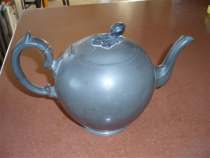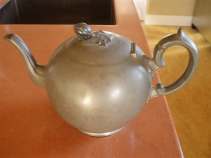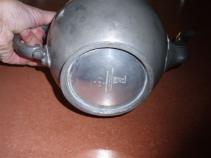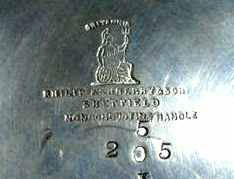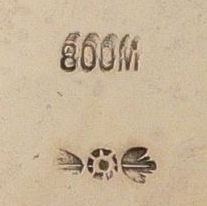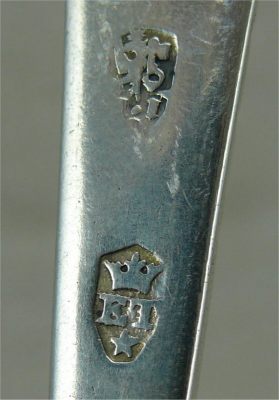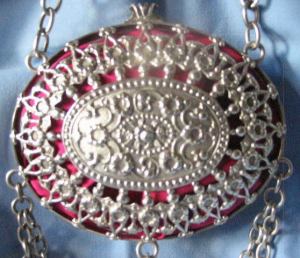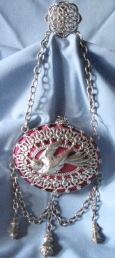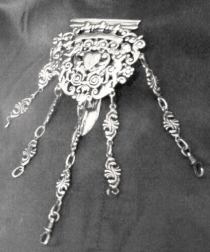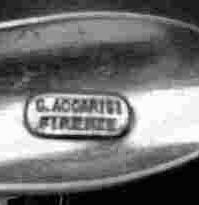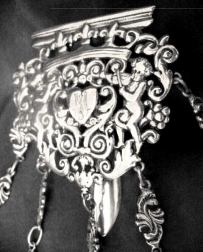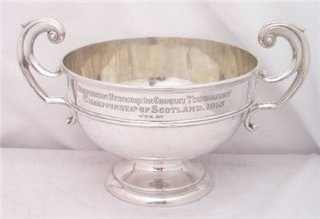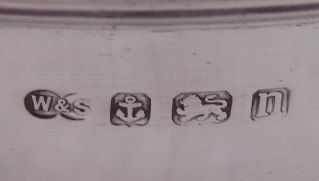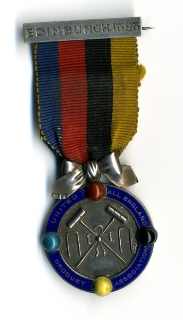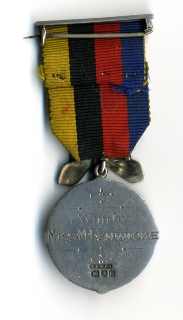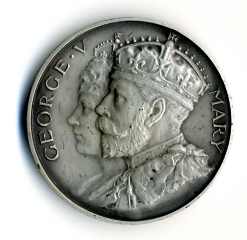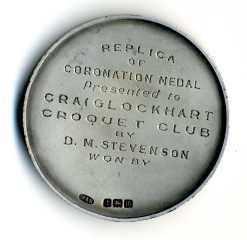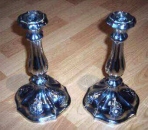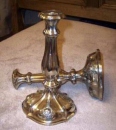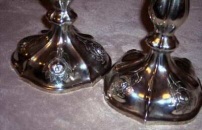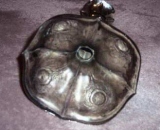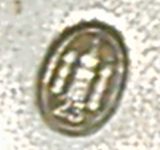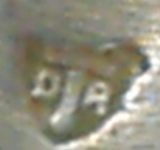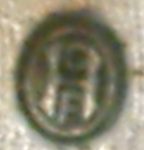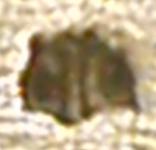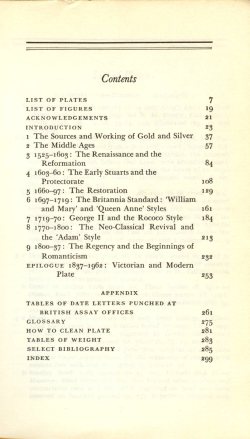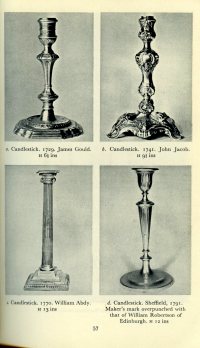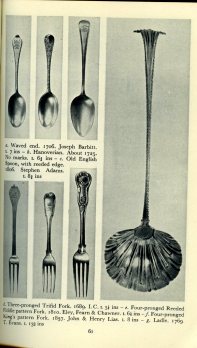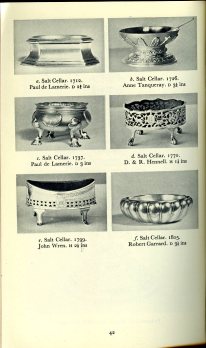 newsletter # 44 - JANUARY 2008
newsletter # 44 - JANUARY 2008www.ASCASonline.org
email: silverassociation@yahoo.it
YOUR GUIDE TO JANUARY NEWSLETTER:
articles new members
members' window
|
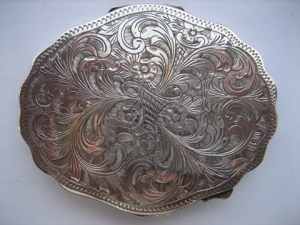 Robert Massart presents:
Robert Massart presents:Powdering with Style Silver Powder Puff Boxes of the 20th Century Since centuries women use make-up to make themselves more attractive to please men. During the Art Nouveau and Art Deco periods it was not different and the powder puff box was part of the vanity accessories of a lady's make-up........ click here |
New members
Welcome to new ASCAS members:
Paola Continella - Italy
Frank Church - Australia
Ian Fleming - Australia
Neil Freeman - Australia
David Gogulski - USA
Nael Hamdy - Egypt
Linda A. May - USA
Francisco J. Morales - USA
Michael Roche - USA
Stephen Wooster-Goodwin - USA
Members' Window # 44
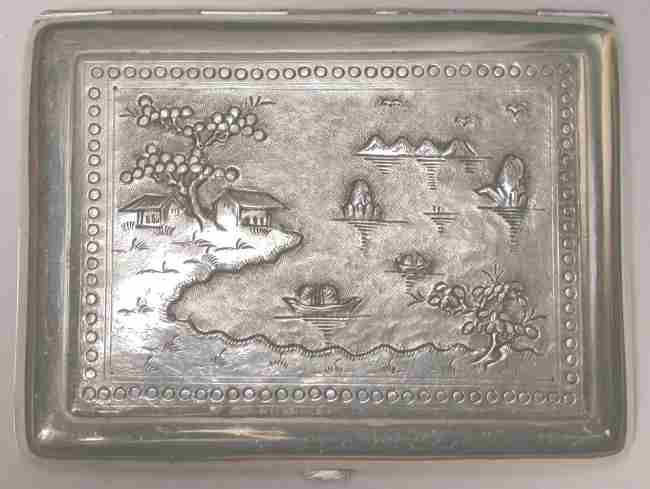
|
Mail to ASCAS: e-mail silverassociation@yahoo.it
Darcy Williamson writes:
... I came across an antique silver teapot my Great
Grandmother gave to my Grandmother. I was interested in its
history and I can send some pictures if you would like to give
it a look.
Thanks for your time,
Darcy Williamson
Your teapot was made by Philip Ashberry & Sons 21 Bowling
Green St, Sheffield - 1856-1935
Philip Ashberry began trading in 1829 making Britannia metal
wares. The names SAVOY and STAYBRIGHT were used in early 20th
century cutlery. Your mark was used 1861-1915.
Further images and information are available in my private
website at
http://www.silvercollection.it/electroplatesilver.html
Giorgio Busetto
Laura A Bürgermeister writes:
... I am writing to ask for your help identifying a silver
hallmark, that I have never seen before and that I can find no
description of anywhere.
I was told it is supposed to be from Belgium, but would kindly
ask you to help me identify the hallmarks (they are stamped on a
coffee pot).
Thank you very much for your time and effort in advance!
Laura A Bürgermeister
Cristina Speluzzi writes:
... I saw your page about " Chatelaines" in December
Newsletter. I include some pictures of a couple of "chatelaînes"
I bought long ago.
The first one is not silver and in my opinion is very pretty. I
stuffed it with a pink cloth to show the details better.
It is some sort of purse.
Cristina Speluzzi
Unfortunately I was unable to find information about the
maker Accarisi, Florence.
Giorgio Busetto
David Appleton writes:
... I have been doing research into some old croquet trophies
and have found your web-site very useful.
With its help I have been able to identify the makers of all 5
of the trophies we have from 1875 to 1913 (editor's note:
Mr. Appletom refers to the English hallmarks pages in my private
website www.silvercollection.it ).
The only satisfactory photographs I have so far were provided
by Gail & Tremaine Arkley of Independence, Oregon, who recently
donated several trophies to the Scottish Croquet Association.
They are of a cup which a Mr CJK Woolston of Wellingborough,
Northamptonshire, England gave to the winner of the 1913
Scottish Croquet Championship. In fact he gave a cup each year
from 1902 to 1913, and probably 1901 and 1914 as well.
One of his sons had won the Championship in 1900, which may have
prompted this very generous gesture.
The Arkleys also gave us the 1906 trophy. The cups were both
bought from the Edinburgh shop of Wilson & Sharp, whose hallmark
(and the date-letter for Birmingham assay office, 1912) appears
on the 1913 trophy; that on the 1906 one is for the firm of
Hawksworth, Eyre & Co Ltd (with the date-letter for London,
1905).
They have been made to similar designs but are not identical.
The 1906 trophy has been engraved with the name of the winner
(AG Boumphrey) but there is no name on the 1913 trophy (which
was won by J Hughes).
Including the handles the cups are 23 cm wide and 12.5 cm high.
There are also two interesting medals which I have scanned in.
The first, a silver medal inscribed "United All England Croquet Association", and won by Miss M Fenwicke of Darlington, Co Durham, England, is about 2.7 cm in diameter. It was made by the firm of Cornelius Desormeaux Saunders & James Francis Hollings Shepherd of Holborn Circus, London and has the London date-letter for 1898, the year it was played for according to the bar on the ribbon.
The United All England Croquet Association was founded in 1897 and changed its name to the Croquet Association in 1900, so this little item must be comparatively rare.
The second is a replica of the medal struck to commemorate the coronation, in 1911, of King George V and Queen Mary. It is 3.8 cm in diameter and weighs about 22 gm. It is housed in a case labelled JS & WW Lawson, 172 Buchanan Street, Glasgow, but the hallmark is that of Marples & Beasley and the assay office Birmingham.
The firm produced a number of interesting items, such as Masonic and military badges as well as the Robertson’s golly [a marmalade advert].
There is no record of the medal having been played for.
The donor was Daniel Macaulay Stevenson. Although he never won the Championship he was twice runner-up. Possibly he was too busy to practise quite enough as he was Lord Provost of Glasgow for three years from 1911, receiving a baronetcy in 1914 [Provost in Scotland = Mayor in England].
As a town councillor he had succeeded, in the face of Scottish Presbyterianism, in having Glasgow open its libraries and museums to the public on Sundays. He made his fortune from coal and shipping and was one of Glasgow University’s greatest benefactors, endowing chairs in French, Spanish and Italian (among others) in an effort to promote understanding between nations.
In 1934, though aged over 80, he was elected Chancellor of the university, a post he held until his death ten years later. [Craiglockhart Croquet Club was in Edinburgh and was also where the Championship was played.]
I hope that is of some interest to you. If you ever hear of any more Scottish coquet trophies being available I would be pleased to know.
David Appleton
David Appleton is the Treasurer of the Scottish Croquet
Association.
Information to contact Mr. Appleton is available in the Scottish
Croquet Association website at
http://www.scottishcroquet.org.uk/contacts.htm
Giorgio Busetto
Replies to questions
| Mario Galasso
receives another reply to the question about his
candlesticks:
( see October/November Newsletter) Karin Sixl-Daniell writes: ... AS usually stood for “Alpacca Silber” – I
presume that the maker intended to use the year of
production (which was given in the Viennese hallmarks
until 1866) but showed that it is Alpacca Silber, and
not solid silver (13 or 15 Loth). As to the maker, a
Josef Bachmann was entered in the mid 19th century
(examples shown in Neuwirth (Wiener Silber 1781-1866)
for 1857 and 1860) and Wenzel Bachmann & Co. are shown
in Neuwirth (Wiener Gold- und Silberschmiede und ihre
Punzen 1867-1922) on page 86, but with a different
hallmark from what is shown on the candlesticks. I was
not aware of Bachmann having been warranted to use the
Hapsburg eagle (and cannot find any mentioning thereof
in any of Neuwirth’s books), so am unable to help here.
|
| Dave
Weinhandl receives this reply to his question
about E.P.C.A.
( see December Newsletter) Ian Cook writes: ... I would like to respond to Dave
Weinhandl's question on EPCA. I believe that
this means Electro Plated Copper Alloy, although
I have heard it referred to as Electro Plated
Copper Alternative.
|
|
Damien Francois
receives this reply to the question
about his Danish cup:
( see December Newsletter) Fred Sinfield writes: ... In response to Damien Francois -
The "DA" mark is found on various metal
products dating from a period of high
unemployment in the 1920's.
|
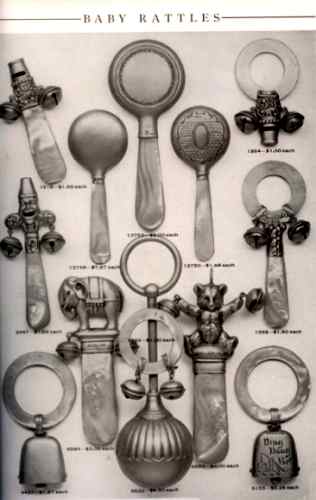
|
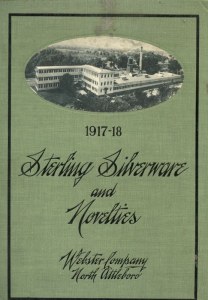
This month ASCAS presents the " Baby Rattles" page from the 1917-18 Webster Company - North Attleboro "Sterling Silverware and Novelties" catalog |
"A WORD per MONTH"
In this column
we presents an abstract from a page of
the "What is? Silver Dictionary"
courtesy of
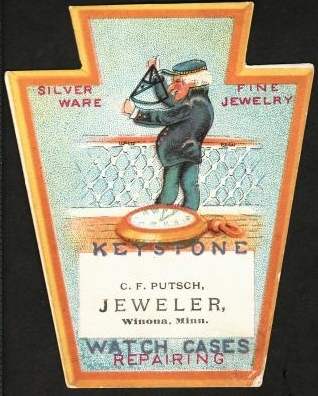
|
JEWELERS TRADE CARDThe history of trade cards
begins with the problem American
manufacturers had in the 1870's.
|
"A BOOK ON MY SHELF"
In this column
we present books, new or ancient,
dealing with silver in all its aspects
(history, marks, oddities...). This
isn't a "book review" but only a fair
presentation of some useful "tools" that
anyone may have in the shelf of his
bookcase.
ASCAS members are invited to contribute
to this column
(click to enlarge images)
The "book on the shelf" of this month
is
SILVER
by Gerald Taylor
printed by Penguin Books Ltd
Harmondsworth, Middlesex
Second Edition 1963
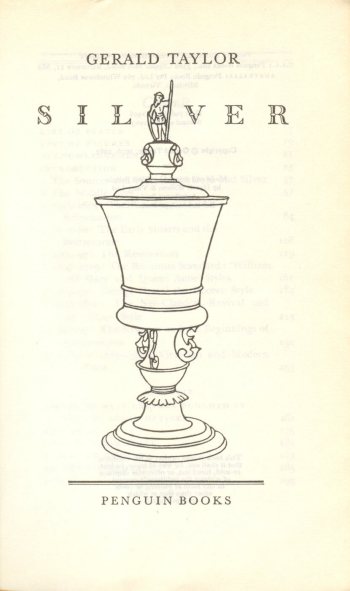 |
A New Book by an ASCAS Member
Graham Hodges is a member of ASCAS
with a particular interest in British
Silver Sugar Tongs.
In August 2005 he published for ASCAS an
interesting article " Georgian Silver
Sugar Tongs of the Period 1770 - 1820",
still
available in our websiteAbout the matter of his interest he has written now a book titled Georgian Silver Sugar Tongs (expected publishing date: 10th January 2008).
Information about the book and how to order it are available in author's website at http://www.silversugartongs.com
Closing our JANUARY 2008 edition of ASCAS Newsletter I hope you have appreciated its content.
Your comments, suggestions and advice will be of great help.
My thanks to David Appleton (Scotland UK), Laura A Bürgermeister, Christophe Ginter (France), Robert Massart (Belgium), Fredric Sinfield (Australia), Karin Sixl-Daniell, Cristina Speluzzi (Argentina) and Darcy Williamson, for their invaluable contributions.
Giorgio Busetto
Secretary
ASCAS is a community of
people having a common interest
in antique silver.
|
|
|

